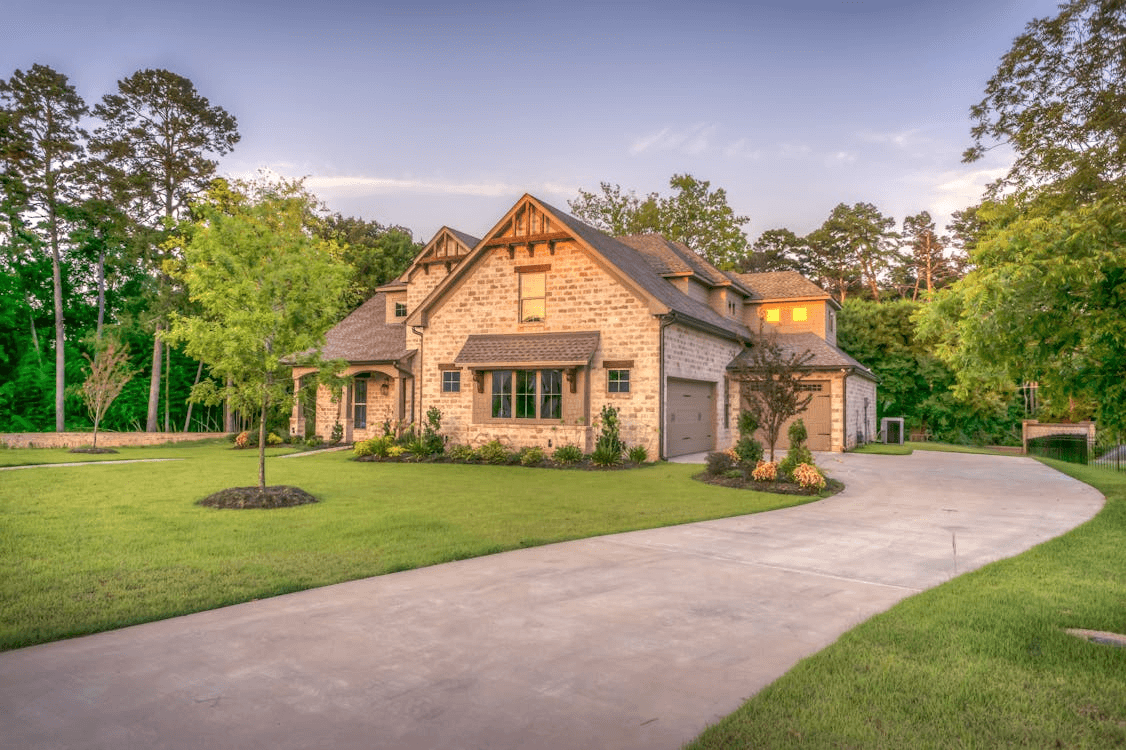Eco-friendly upgrades are becoming a priority for many homeowners, and for good reason. They lower utility costs, reduce waste, and make houses more comfortable throughout the year. With energy prices rising and environmental awareness growing, small improvements can have a lasting impact.
In Indianapolis, IN, the push for sustainable living is stronger than ever. Residents face hot summers that strain air conditioners and cold winters that drive up heating bills. These seasonal changes make energy efficiency a real concern. Local families want homes that stay comfortable without draining their budgets. Eco-friendly improvements fit this need perfectly, blending savings with smarter use of resources.
Upgrade to Energy-Efficient Windows
Windows are one of the biggest factors in a home’s energy performance. Drafty or outdated windows let conditioned air escape, forcing heating and cooling systems to work harder. In Indianapolis, where freezing winds blow in winter and intense heat sets in during summer, inefficient windows are more than just an inconvenience—they drive up bills every single season.
Modern, energy-efficient windows help maintain steady indoor temperatures. They reduce drafts, cut down on wasted energy, and improve the overall comfort of your living space. Many homeowners notice a difference almost immediately after replacing older windows.
Working with an experienced Indianapolis window replacement company helps homeowners get access to better materials and skilled installation. Local experts understand the climate and recommend products that perform well in both winter and summer conditions. With the right installation, you gain windows that look great and also reduce energy loss. This single upgrade can make a meaningful difference in how your home handles seasonal extremes.
Add Better Insulation
While windows and doors play a big role, insulation is another critical element in creating an eco-friendly home. Insufficient insulation lets heat escape during the cold months and allows unwanted warmth inside during the summer. As a result, your HVAC system runs longer, consuming more energy and raising monthly costs.
Areas that benefit most from added insulation include the attic, basement, and walls. These are the places where air leakage is most common. Updating insulation creates a more balanced indoor environment and lowers the strain on heating and cooling systems.
Adding modern insulation materials doesn’t require a major remodel. Homeowners can start small with areas that show the most issues, then expand as budgets allow. Each layer of improvement builds toward greater efficiency and comfort.
Switch to Energy-Saving Appliances
Older appliances may still function, but they tend to use more energy and water than updated models. Replacing them with energy-saving alternatives is a straightforward way to cut utility costs.
Major household appliances like refrigerators, washing machines, dryers, and dishwashers consume the most energy at home. Newer versions with Energy Star ratings consume far less power while offering the same or better performance. Over time, this switch reduces both energy bills and environmental impact.
Although the upfront cost of new appliances can feel significant, the savings add up year after year. Many homeowners also find that modern appliances come with added features that make daily routines easier. Switching helps create a more sustainable and energy-efficient home while still keeping everyday convenience.
Install Smart Thermostats
A significant portion of household energy consumption comes from heating and cooling systems. A smart thermostat helps reduce that load by learning your habits and adjusting temperatures more efficiently. Unlike older models, these devices allow you to program schedules and even control settings from your phone.
The benefits show up quickly. You can lower the temperature when no one is home and warm the house just before family members return. This small change cuts down on wasted energy while keeping living spaces comfortable. Smart thermostats are also affordable and easy to install, making them one of the simplest eco-friendly upgrades available.
Use Renewable Energy Sources
Renewable energy is becoming a realistic option for more households. Solar panels are the most common choice. While some regions may not have the year-round sunshine of warmer states, the technology has improved enough to make solar a smart investment even in regions with varied weather.
Homeowners who install panels can reduce dependence on the local power grid and save money over time. Some utility providers also offer credit programs for feeding excess energy back into the grid. This creates both financial and environmental benefits.
Beyond solar, some families look into small wind turbines or geothermal systems, though these options depend on property size and budget. Even if large-scale renewable systems aren’t possible, smaller steps like solar-powered outdoor lights contribute to energy savings.
Conserve Water with Smarter Fixtures
Eco-friendly improvements go beyond electricity. Water conservation plays a key role in building a sustainable home. Small adjustments make a noticeable difference.
Low-flow showerheads and faucets cut water use without reducing comfort. Modern designs provide steady pressure while using fewer gallons per minute. Upgrading toilets to dual-flush or low-flow models saves even more water over the course of a year.
Another practical option is adding rain barrels. They collect water during storms that can later be used for gardens, lawns, or outdoor cleaning. This reduces demand on the municipal supply and helps lower monthly bills. In cities where heavy rain is common during parts of the year, capturing and reusing that water is both cost-effective and environmentally friendly.
Eco-friendly home improvements provide long-term value for homeowners and communities. They lower utility costs, create healthier living environments, and reduce strain on natural resources.
Taking action doesn’t need to happen all at once. You can start small with water-saving fixtures, smarter insulation, or a new thermostat. Over time, bigger changes like solar panels or remodeling with sustainable materials add even more benefits. Each choice moves your home toward greater efficiency and a lighter environmental footprint.
Living in a house that supports both comfort and sustainability is possible. It just takes thoughtful decisions and a willingness to adopt practices that fit your lifestyle. The result is a home that feels better to live in while contributing to a greener future.

